Picture this: you’re stepping off a plane in Southeast Asia for the first time in 2025, the air buzzing with possibility—maybe it’s the scent of Bangkok’s street food stalls or the promise of Bali’s beaches. But here’s the catch: timing can make or break your trip. Whether you’re dodging peak-season crowds or planning around monsoon rains, figuring out the best time to visit Southeast Asia in 2025 for first-time travellers is key to nailing that dream adventure.
Don’t worry if it feels overwhelming—Southeast Asia is a big place with a lot of weather quirks. That’s why this guide is here to simplify it all for you. We’ll walk through the seasons, pinpoint the best months for your 2025 trip, and toss in some beginner-friendly food stops (think steaming pho in Hanoi or satay skewers in Singapore) to make your planning as tasty as it is practical. Ready to get started? Let’s dive into your first Southeast Asian journey!
Understanding Southeast Asia’s Travel Seasons for 2025
When is the Best Time to Visit Southeast Asia? A Seasonal Overview
Southeast Asia’s climate isn’t one-size-fits-all—it’s a patchwork of tropical vibes stretching from Thailand’s jungles to Indonesia’s islands. For first-timers in 2025, knowing the three main travel seasons is your starting point: dry, wet, and shoulder. Each has its perks and pitfalls, so let’s break it down.
The dry season (November to April) is the golden ticket for most newbies. Think clear skies, temps hovering between 25–30°C (77–86°F), and prime conditions for exploring. It’s when Thailand’s beaches sparkle, Vietnam’s rice paddies glow, and Cambodia’s Angkor Wat feels like a movie set. But heads-up: it’s also peak season. January, especially, sees crowds swarm spots like Phuket or Siem Reap—great if you love the buzz, tricky if you don’t.
Then there’s the wet season (June to October)—rainy, lush, and quieter. Monsoons dump around 150mm of rain in Bangkok in July alone, turning streets into rivers. It’s not all bad, though: prices drop, and places like Malaysia’s highlands stay green and cool. For first-timers, it’s a gamble—pack a poncho and a sense of adventure.
Finally, the shoulder seasons (April–May and September–October) blend the best of both. The weather’s mild (less rain than July, less heat than March), crowds thin out, and you’ll score deals. September’s a gem for Malaysia’s east coast or Vietnam’s central beaches.
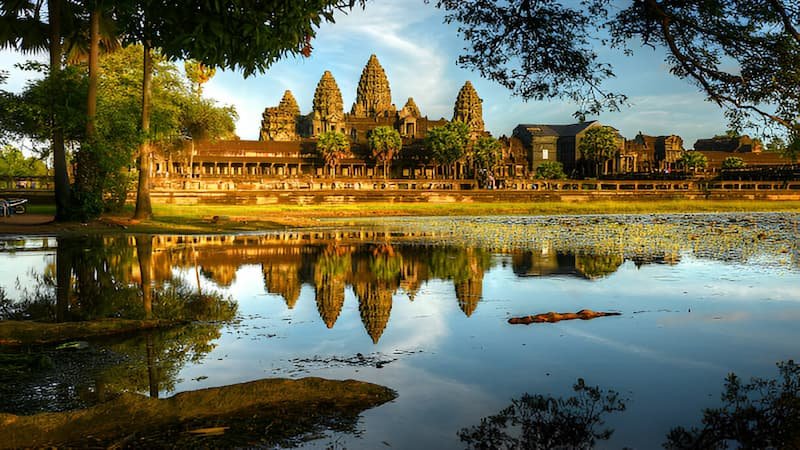
2025 Twist: Climate trends hint at slightly longer monsoons—think late October showers lingering into November. Keep an eye on forecasts as you plan. First-timer tip: If crowds or rain stress you out, shoulder seasons are your sweet spot.
The Best Months to Visit Southeast Asia in 2025
Top Months for Your First Southeast Asia Trip
Okay, so when should you book that 2025 flight? For first-timers, timing hinges on weather, crowds, and what you’re craving—be it temples or street eats. Here’s the rundown on the best months, tailored for your debut trip.
November to February is the no-brainer pick. It’s cool, dry, and packed with festive energy. Thailand’s Loy Krathong (November) lights up rivers with lanterns—perfect for a Bangkok stop. Vietnam’s north (Hanoi) dips to a comfy 20°C (68°F), ideal for strolling and slurping pho. Cambodia’s dry season kicks in, making Angkor Wat’s sunrise a must-see. Downside? Peak crowds—January’s the busiest, with hotels in Phuket or Bali booked solid. Plan ahead (3–6 months) if this is your window.
March to April keeps the dry vibe but dials down the chaos. Temps climb to 32°C (90°F) in places like Bangkok, but crowds ease up post-February. Bali’s surf season starts, and Malaysia’s Penang feels less packed. It’s a smart pick if you want sunshine without the shoulder-to-shoulder tourist crush.
September to October rounds out the list with post-monsoon freshness. Rain tapers off (Hanoi’s July 250mm drops to 100mm by October), and prices dip. Malaysia’s east coast islands (like Tioman) reopen, and Vietnam’s Hoi An glows under clear skies. It’s quieter, cheaper, and still newbie-friendly.
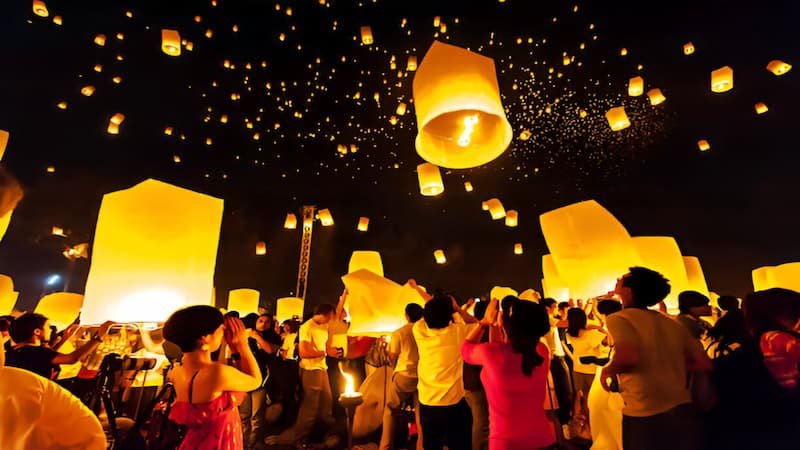
What to Avoid: January’s peak can overwhelm—think long lines at Vietnam’s Ha Long Bay. July monsoons might swamp your plans too, unless you’re cool with indoor markets. Data point: Hanoi’s February rainfall averages 20mm—practically nothing compared to July’s 250mm deluge. First-timer tip: November to February is your safest bet—dry, predictable, and full of beginner-friendly vibes. Curious about Thailand? See our Best Time to Visit Thailand: Islands vs. Highlands Compared (#).
Best Time To Visit Southeast Asia’s Beginner-Friendly Food Stops
Best Time To Visit Southeast Asia’s Food Scene: Where to Eat as a Newbie
Food’s half the fun of Southeast Asia, right? For first-timers, it’s also a gateway to the culture—no culinary degree required. Here’s where to eat in 2025, synced with the best travel times, so your taste buds and itinerary align.
Thailand (Bangkok): Hit the dry season (November to March) for street food heaven. Thipsamai’s pad thai is a legend—greasy, garlicky, and served hot off the wok. Khao San Road’s mango sticky rice vendors are a sweet follow-up; just look for the busiest stalls. Newbies, don’t stress—Bangkok’s chaos is part of the charm.
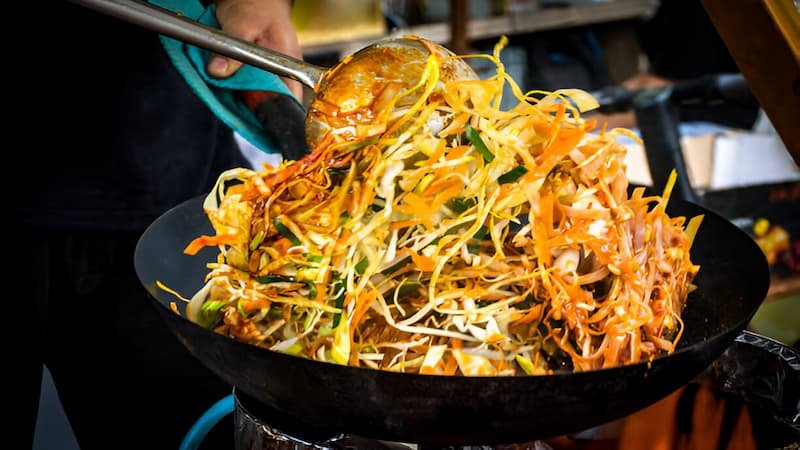
Vietnam (Hanoi): Cool season (November to February) is pho time. Pho Gia Truyen in the Old Quarter keeps it simple: rich beef broth, tender noodles, no fuss. It’s steamy, affordable ($2 a bowl), and perfect for chilly mornings. Bonus: Hanoi’s quieter then, so you won’t fight for a seat.
Bali (Ubud): The dry season (April to September) unlocks Ubud’s food scene. Locavore To Go serves babi guling (suckling pig) that’s crispy, spicy, and beginner-safe—no weird textures here. Pair it with a smoothie from a rice-paddy café—Instagram gold that actually tastes good.
Singapore: Year-round stability makes hawker centres a sure thing. Lau Pa Sat’s satay skewers (grilled chicken with peanut sauce) are a soft landing for newbies—order 10 and thank me later. Peak timing? July’s Singapore Food Festival adds extra buzz.
First-timer tip: Stick to busy stalls—high turnover means fresh, safe eats. Your stomach’s not ready for that sketchy roadside fruit yet. Hungry for more? Dive into the Best Time for Bangkok’s Thai Street Food Scene or Best Time for Hanoi’s Pho in Cool Weather.
Practical Tips for First-Time Travelers in 2025
Newbie Hacks for Timing Your Southeast Asia Trip
You’ve got the when—now let’s nail the how. These tips will smooth out your 2025 Southeast Asia debut, from booking to slurping noodles without a hitch.
Booking: For peak season (December to February), lock in flights and hotels 3–6 months early—Phuket and Bali fill up fast. Shoulder seasons (April–May, September–October) are more forgiving; snag last-minute deals if you’re flexible. Apps like Skyscanner or Google Flights are your friends.
Packing: Dry season? Light layers—think breathable tees and a hat (Bangkok hits 30°C). Wet season? Toss in a poncho and waterproof shoes—October’s 80% humidity is no joke. A small umbrella’s clutch is year-round.
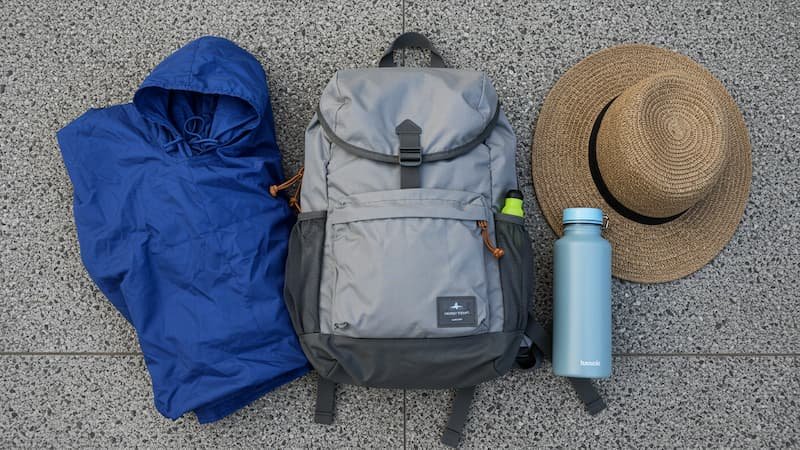
Crowd Avoidance: Skip January for Angkor Wat—too many selfie sticks. October’s quieter, with the same epic sunrise minus the mob. Bangkok’s Grand Palace? Early mornings beat the rush, whatever the month.
Apps: Download Weather Underground for real-time forecasts—monsoons can shift. Grab’s your ride-hail saviour—cheap, safe, and beats haggling with tuk-tuks as a newbie.
Food Safety: Stick to the “hot and fresh” rule—piping-hot street food’s usually fine. Avoid pre-cut fruit in the wet season (June–October)—it’s a bacteria magnet.
2025 Note: Post-pandemic travel to Southeast Asia is rebounding, with surges during festivals like Vietnam’s Tet (late January/early February). Book early to secure the best time for your trip.
Southeast Asia in 2025 is calling, and the best time to visit depends on your vibe. Love dry, predictable days? November to February is your window—perfect for first-timers craving ease. Want savings and fewer crowds? Shoulder seasons like September to October deliver. Feeling bold? Wet season’s lush and cheap, if you can handle the rain. Whatever you pick, you’ll find epic food and warm welcomes waiting.

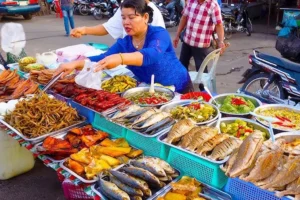

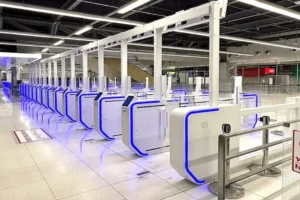




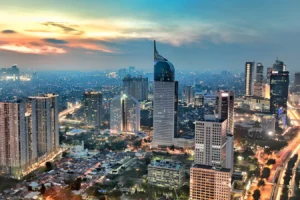


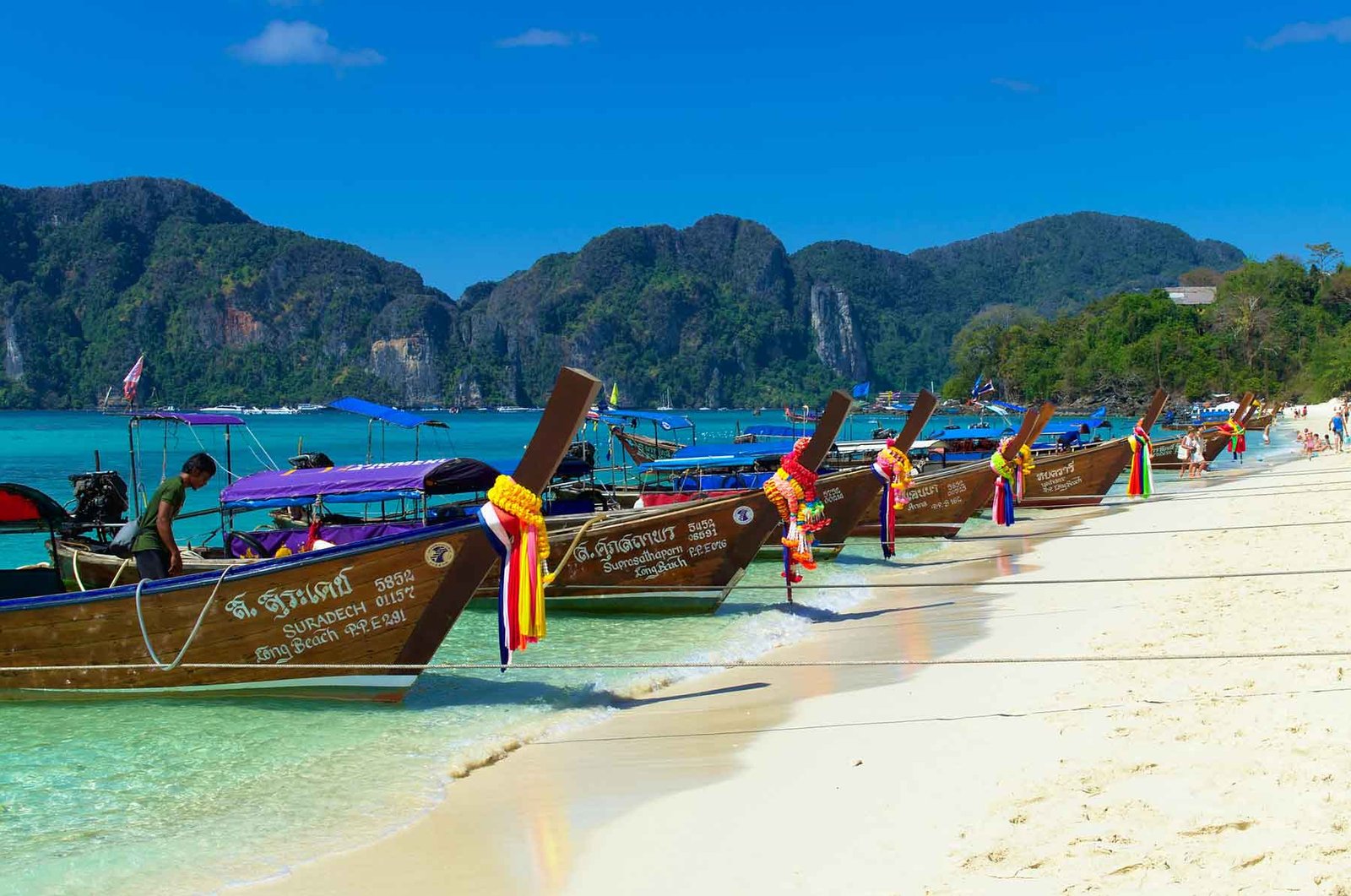

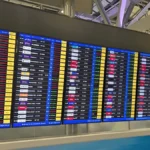






6 thoughts on “Best Time to Visit Southeast Asia: 2025 Guide for First-Timers”